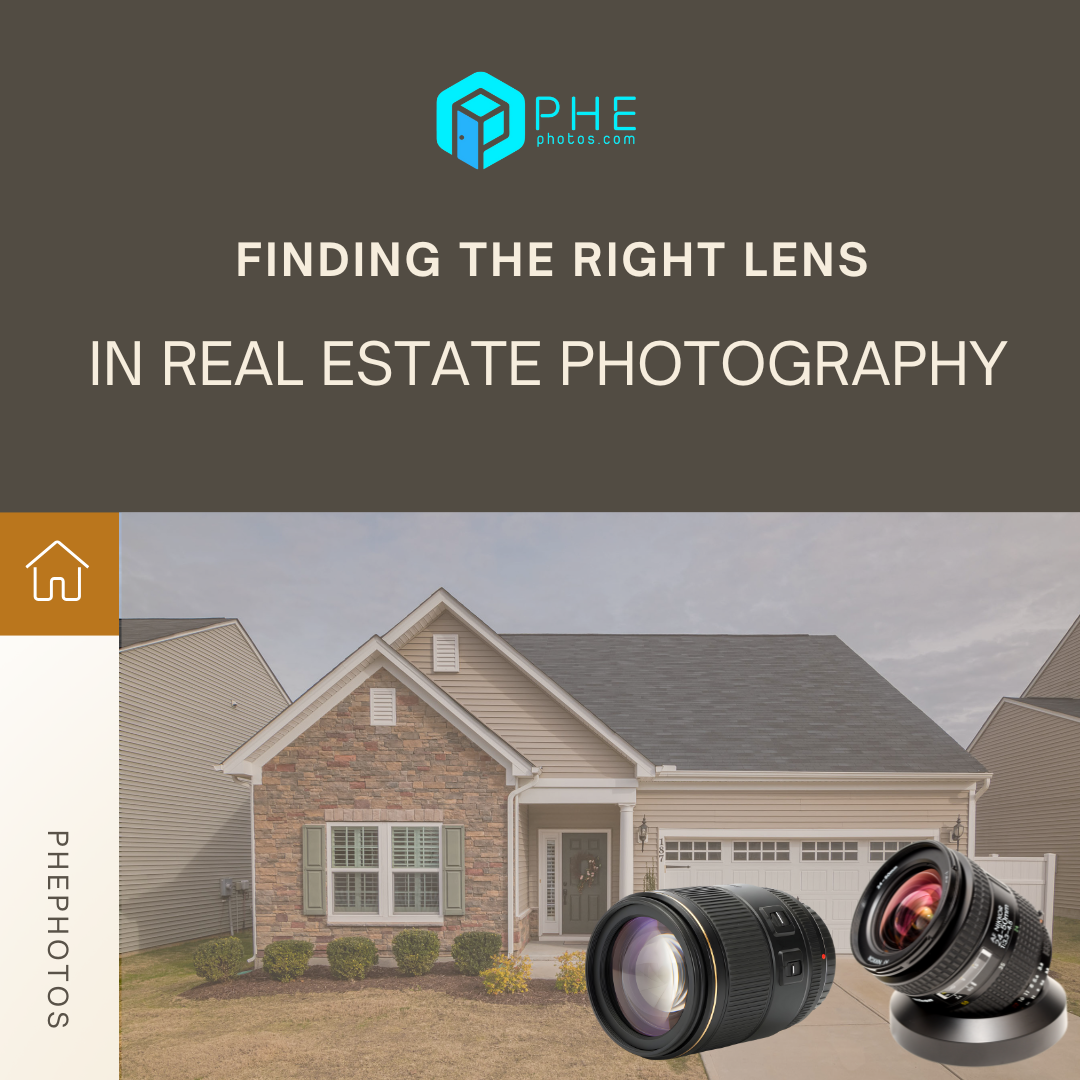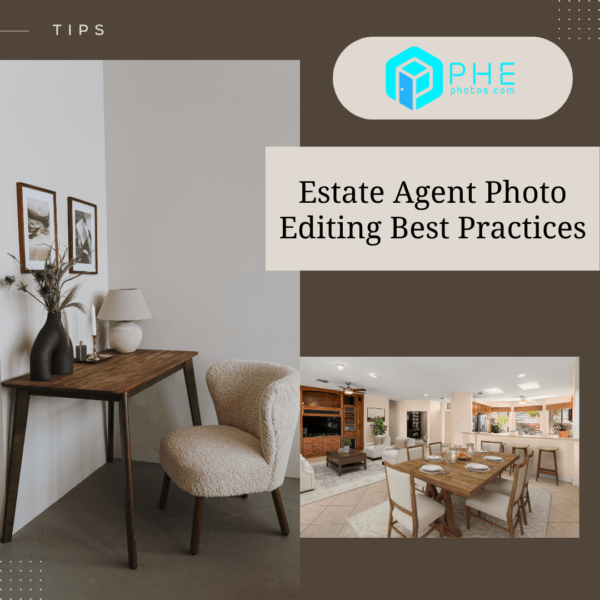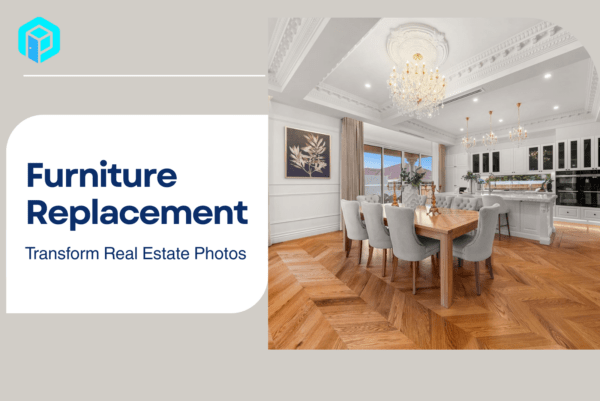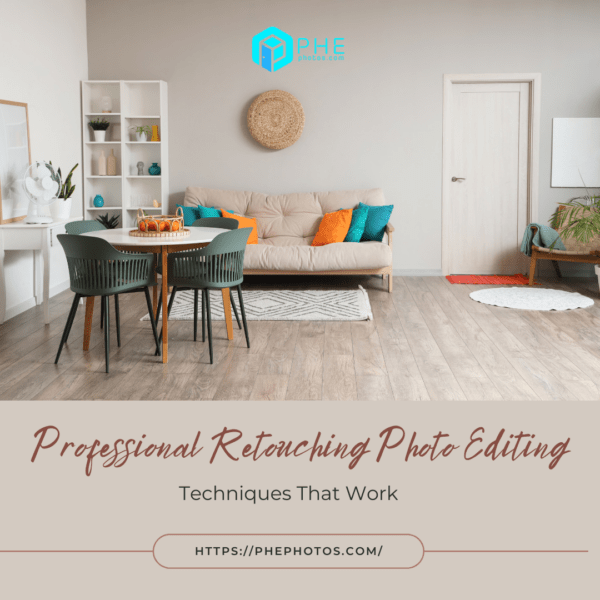Finding the Right Lens in Real Estate Photography
In real estate photography, the lens you choose shapes how people see a property. It’s not just a tool. It’s the bridge between a space and a buyer’s imagination. In today’s competitive housing market, where first impressions often start online, the right lens can be your strongest selling advantage.
Why Lens Choice Matters More Than Ever
Real estate photos have become a key marketing weapon. According to the National Association of Realtors (NAR, 2024), 97% of homebuyers start their search online. Those first few seconds determine whether a potential buyer clicks or scrolls past. That’s where lens choice matters most.
A wide lens creates a sense of space. A sharp lens captures detail. Together, they build a visual story that feels both inviting and realistic. But, choosing one lens that works for every home? That’s the tricky part.
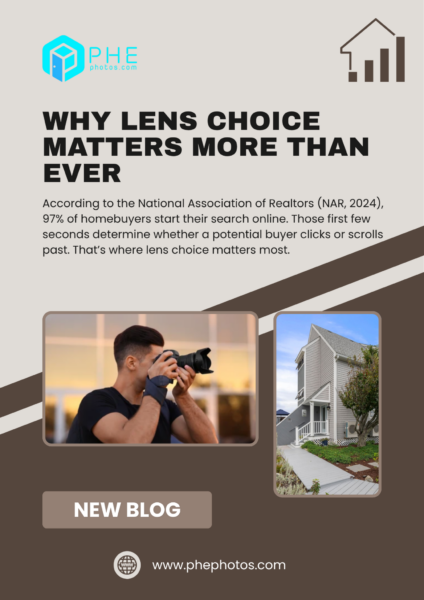
Understanding Lens Basics
Every lens has three key traits: focal length, aperture, and distortion level. Understanding them helps you control how a property feels through your images.
- Focal Length: It affects how much of the scene fits in your frame.
Wide-angle lenses, typically 14 mm to 24 mm on full-frame cameras, are perfect for interiors. They make small spaces look larger without feeling fake. - Aperture: It determines how much light enters the camera.
In real estate photography, you usually want everything in focus. Settings between f/8 and f/11 deliver excellent sharpness throughout the room. - Distortion Control: Not all wide lenses are equal.
Some exaggerate lines and curves, especially near the edges. A rectilinear lens helps maintain straight vertical and horizontal lines — essential for professional shots.
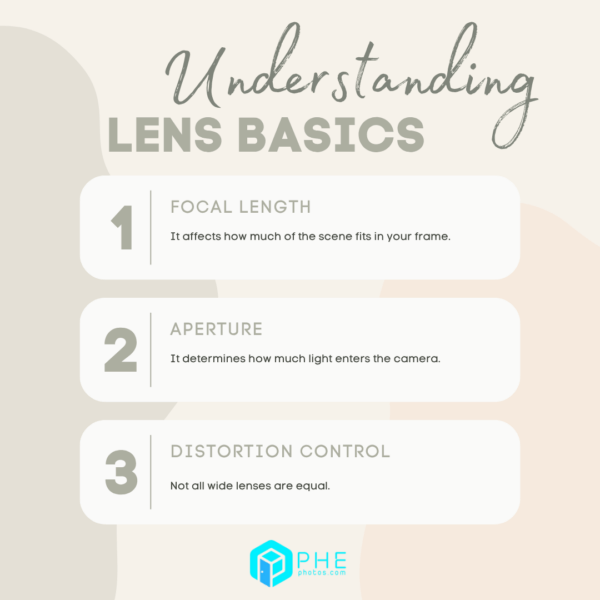
Wide-Angle Lenses: The Standard for Interior Shots
A wide-angle lens remains the workhorse for real estate photographers. It captures an entire room in a single shot, creating depth and flow between spaces. For example, the Canon RF 14–35 mm f/4L IS USM and Sony FE 16–35 mm f/2.8 GM II are 2025 favorites. They offer superb sharpness, minimal distortion, and lightweight build for long shooting sessions.
For APS-C cameras, a 10–18 mm lens delivers a similar view. Many professionals still rely on these lenses for their flexibility and cost-effectiveness.
Tilt-Shift Lenses: For Architectural Precision
If you shoot luxury listings or commercial spaces, a tilt-shift lens is a powerful upgrade. These lenses let you correct vertical lines right in-camera, preventing that “leaning building” look. They’re slower to use but produce images with unmatched realism.
Photographers shooting high-end architecture often use the Canon TS-E 17 mm f/4L or Nikon PC 19 mm f/4E ED. Though expensive, these lenses add credibility and polish to your portfolio.
Prime Lenses: For Detail and Lifestyle Shots
Not every photo needs to be wide. Prime lenses with fixed focal lengths, like 35 mm or 50 mm, excel at detail shots — think kitchen finishes or cozy corners. These lenses are sharper than zooms and produce natural-looking bokeh for lifestyle scenes.
In real estate marketing, such photos build emotional connection. They show how a home feels, not just how it looks. Including these shots can make your listing gallery feel more personal and aspirational.
Mirrorless Trends and Modern Lens Technology
By 2025, over 60% of real estate photographers have switched to mirrorless cameras. These systems are lighter, faster, and often feature better autofocus tracking in mixed lighting. Lens makers have followed suit, introducing designs optimized for mirrorless mounts.
The Sigma 14–24 mm f/2.8 DG DN Art is a standout for mirrorless users. It offers edge-to-edge sharpness and advanced coatings that reduce glare from bright windows — a common issue in property interiors.
Another trend is the rise of AI-corrected lenses. Brands like Sony now integrate real-time distortion and chromatic aberration correction right inside the camera. This reduces post-editing time, helping photographers deliver faster results.
Budget vs. Professional Choices
Lens prices vary widely. Entry-level wide zooms start under $500, while professional tilt-shift lenses can exceed $3,000. However, that investment pays off. Listings photographed with high-quality lenses tend to sell faster — sometimes by up to 32%, according to a 2024 real estate marketing survey.
If you’re just starting, invest in one reliable wide zoom lens. It will handle most interiors with ease. As your portfolio grows, add specialized lenses for exteriors, detail work, or high-end listings.
Practical Tips for Better Lens in Real Estate Photography Use
Even the best lens can’t fix poor technique. To get professional results:
- Use a tripod. It keeps lines straight and allows lower ISO settings for cleaner images.
- Keep your camera level. This prevents walls from leaning inward or outward.
- Avoid extreme wide shots. They may exaggerate space and mislead buyers.
- Shoot at mid-range apertures. Around f/8 is ideal for clarity and sharpness.
- Correct distortion in editing. Use software like Lightroom or Capture One for lens profile corrections.
These small adjustments add up to polished, realistic photos that attract serious buyers.
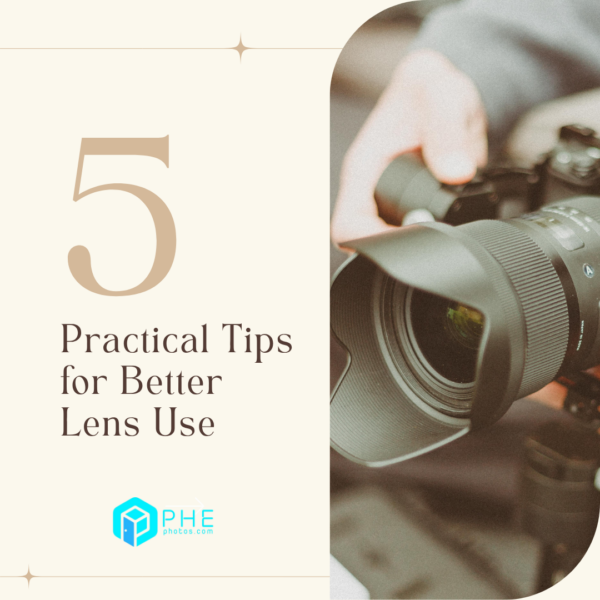
Future of Real Estate Lenses
Lens innovation continues rapidly. Lightweight composites, weather sealing, and AI-based stabilization are becoming standard. By 2026, experts predict more smart lenses that communicate with editing software for instant correction and metadata tagging.
Meanwhile, drone-compatible wide lenses and compact full-frame options are also expanding the possibilities for real estate visuals. The focus is shifting toward efficiency and precision, not just size or brand.
Final Thoughts: The Lens Defines the Story
Your lens in real estate photography is your storytelling tool. It decides whether a space looks cramped or inviting, dull or full of life. Choosing wisely reflects professionalism, attention to detail, and respect for your client’s property.
As the market evolves, so should your gear. Stay informed, test new lenses, and keep refining your eye for space. Real estate photography is no longer just about documentation — it’s about creating emotion through perspective. The right lens makes that vision possible.
Read more:
Modern Home Design Ideas for Stylish Living Today
White Balance Photoshop Tips for Perfect Colors
2025’s Top Video Editing Software: A Comprehensive Guide for Creators

